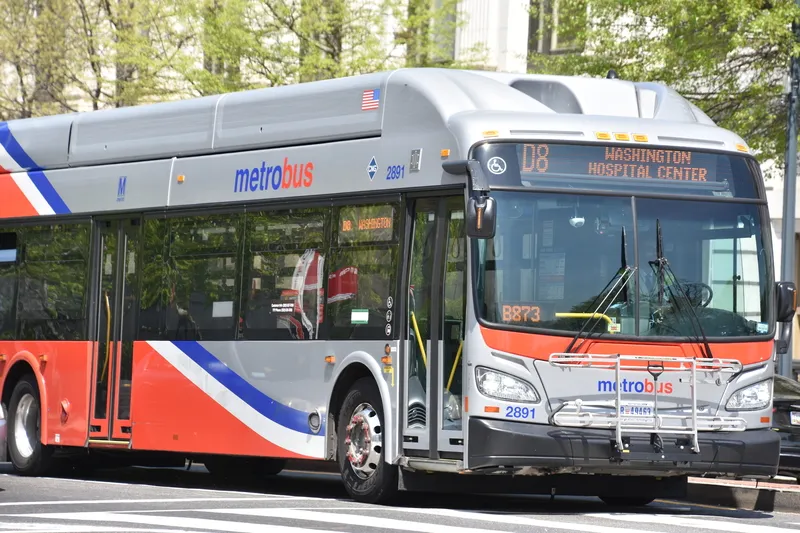
Hayden AI has launched a new solution in its transit performance platform: automated enforcement of moving violations in bus lanes.
"Drivers illegally using bus lanes slows down buses and prevents riders from reaching their destinations on-time," the transit tech company says.
"Illegal driving in bus lanes also makes it difficult for buses to pull up flush to the kerb at bus stops, impacting transit agencies’ ability to serve disabled riders and to allow passengers to safely board and exit the bus."
Hayden AI says its mobile perception platform "enables transit agencies to reduce the amount of non-authorised vehicles using bus lanes, helping agencies speed up transit and provide safe and accessible service".
Hayden AI has nearly 500 units installed in New York Metropolitan Transportation Authority (MTA) for bus lane enforcement and 140 units currently being installed on Metrobuses for the Washington Area Metropolitan Transit Authority (Metro).
According to MTA, 86% of drivers who receive a bus lane parking violation do not receive another, indicating that automated bus lane enforcement changes driver behaviour.
“Detecting and enforcing moving violations is an important part of keeping bus lanes clear for transit riders,” said Chris Carson, founder and CEO of Hayden AI.
“Hayden AI is rapidly expanding its platform of transportation capabilities to create even more robust solutions for the clients we serve. I’m proud that our mobile perception platform can enforce moving violations – along with parking in bus lanes and at bus stops – to help transit riders get where they need to go efficiently, quickly, and sustainably.”









